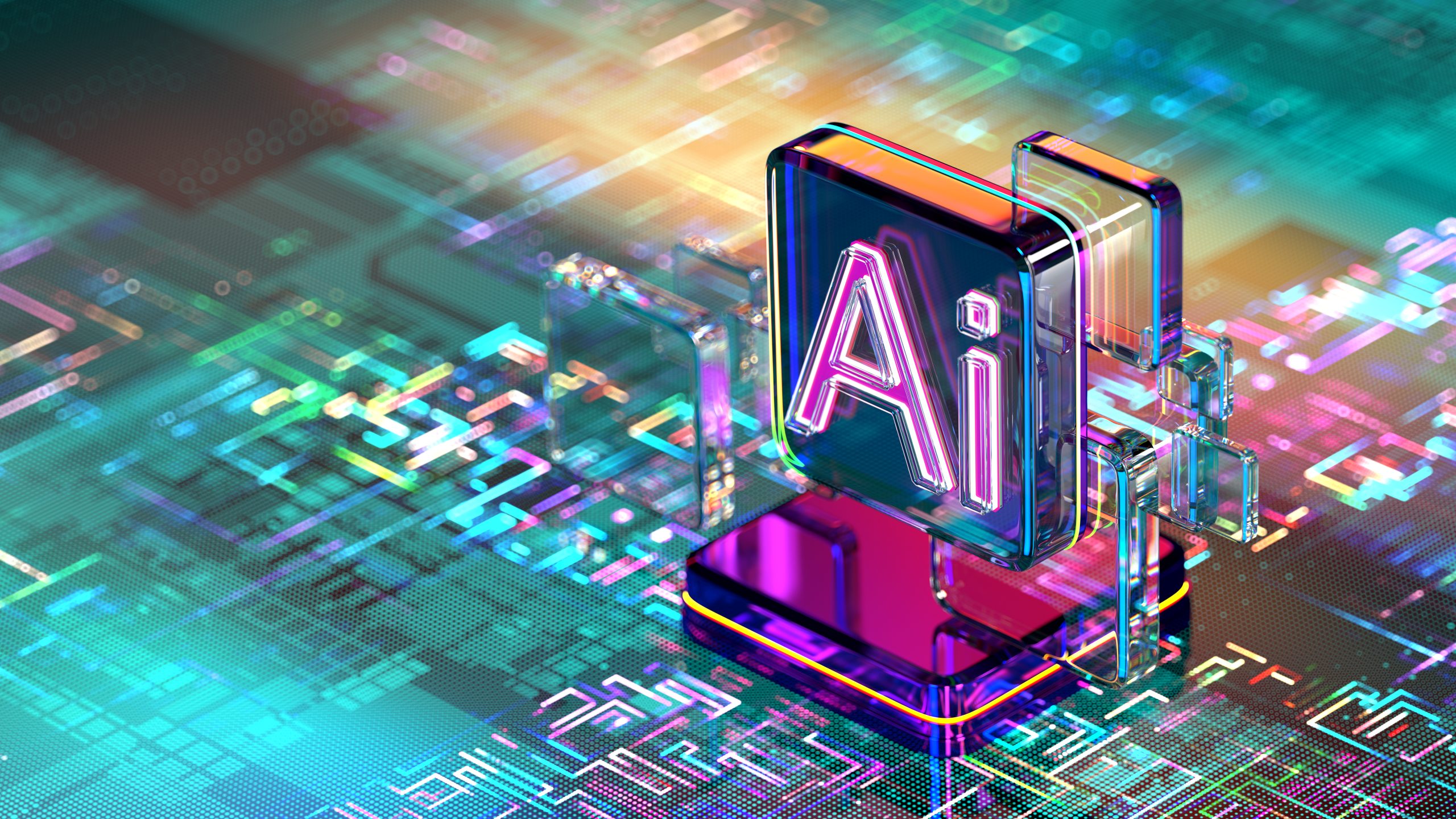This is the first part of our continuing series exploring the opportunities and challenges of using AI in your strategic marketing planning.
Artificial intelligence (AI) has made its way to your phone, Netflix algorithm, security systems, and even your healthcare services. And now it’s part of many brands’ marketing strategy. AI promises some exciting opportunities in the world of advertising and marketing, but before you commit resources to this relatively new technology, you should examine what AI can—and cannot—do.
What is artificial intelligence?
AI is technology that enables computers to simulate human intelligence by learning from experience, adapting to new inputs, understanding natural language, recognizing patterns, solving problems, making decisions, and executing tasks resembling human capabilities.
It is powered by machine learning, in which computers use algorithms, data, and computational power to learn from data patterns without human direction. Machine learning dates back to the early 20th century, and until recently it was limited to what is called ‘predictive models’: the ability to observe and classify patterns in sets of content. Today when people talk about AI, they’re often talking about ‘generative models’, a huge breakthrough in technology where machine learning can create content rather than simply classifying it.
What is ChatGPT?
Generative AI models analyze the patterns and structure within their training data and subsequently produce new data that shares similar characteristics. The best-known generative AI technology today is ChatGPT, which uses large language models (LLMs) to process and analyze large amounts of data in order to generate responses to prompts from its users.
ChatGPT can be used to write essays, summarize content, write code, create charts, write Excel formulas, and more. For example, you can ask ChatGPT to explain how a combustion engine works, and it will spit out a response based on the millions of pages of books, documents, and online content that has been fed into its model.
How is AI being used in marketing?
AI is currently being used to place digital ad buys, enhance sale forecasts, and provide customer service. For example, Wayfair uses AI to determine which of its customers are most likely to make a purchase based on their browsing history and shows them products they might like. The customer service chatbots that pop up at the bottom of many websites today are also built using AI.
When you advertise on Facebook and Google, you’ll likely use some of their AI tools as well. These platforms have the power to segment audiences into groups based on demographics, geographics, and other characteristics by pulling consumer data. From there, AI can predict which products and services might best cater to which segments and place these products in front of individuals most likely to convert.
AI is also being used for content generation, but as we’ll see in our next post, it difficult to use AI to create content that forms a real connection between a brand and a customer. As more brands turn to AI-generated content, the more similar everyone sounds and the harder it is to get your message and brand story to make an impact.


